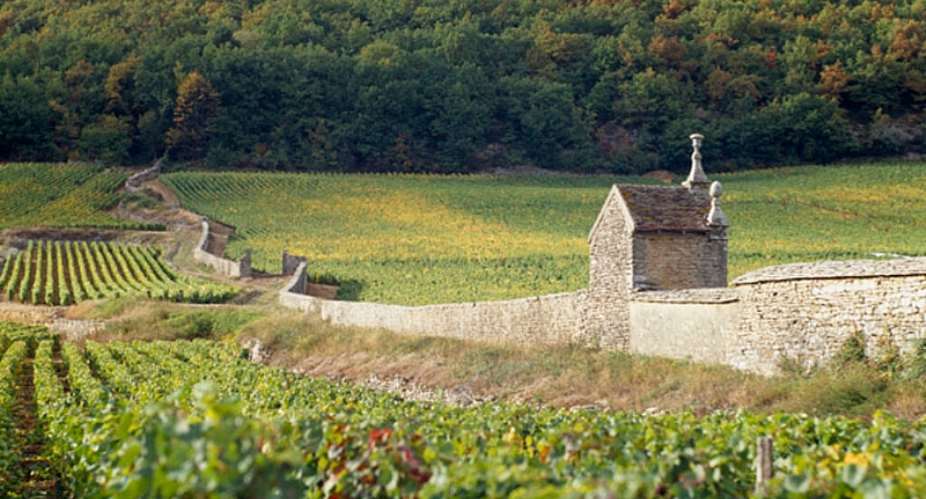France has launched an unprecedented study in six wine-growing regions to determine if people living near vineyards are at greater risk of exposure to pesticides.
While several studies have looked at the health risks of pesticides in recent years, little is actually known about how people living near crops might be affected, public health authority Santé Publique France (SPF) said on Tuesday.
Researchers are to take samples of urine and hair from participants – both adults and children – as well as samples of fruit and vegetables from their family gardens, and dust from their homes.
Some 50 pesticides will be monitored for the study, known as PestiRiv, which is being run by SPF alongside Anses, the National Agency for Food, Environmental and Occupational Health Safety.
Among glyphosate, a broad-spectrum weed killer, folpel, a fungicide and even copper, which made the list despite being widely used in organic farming.
In 2019, President Emmanuel Macron backed down on pledge to ban glyphosate, which the World Health Organization says is “probably” carcinogenic in humans, arguing there was no good alternative for farmers.
Year-long survey
Under examination in the first large-scale national study of its kind are 250 rural areas. Of those, 162 are vineyards in the regions Auvergne-Rhône-Alpes, Bourgogne-Franche-Comté, Grand-Est, Nouvelle-Aquitaine, Occitanie, Provence-Alpes-Côte d'Azur.
Selected at random, 3,350 participants who live near vineyards in those areas will be studied for a year – starting from November.
The first period of study will last until February 2022, when agricultural pesticides – also called “phytopharmaceutical” treatments – are least used. The second period will go from March until August 2022, when their use is at its peak.
- French wine output expected to plunge after surprise cold snap in the spring
- French wine producers brace for massive losses as cold snap decimates crops
“The main objective of the work is to identify possible overexposure to pesticides," Sébastien Denys, the SPF's director of health and environment, told Libération.
“This will allow us to better determine the routes and sources of exposure, to understand the influence one's living distance from vineyards may have, and to describe seasonal variation."
PestiRiv will compare the situation of 1,500 so-called "exposed" individuals – those who live within 500 meters to one kilometre of a vineyard – with with the 1,850 "unexposed" individuals who live more than five kilometres away.
The way the vines are cultivated will also be taken into account.
Heavy pesticide use
After apples, grape vines are the crops most treated with pesticides. Unlike cereals, where crop rotation leads to a change in the pesticides used, vineyards tend to be exposed every year to the same pesticides.
Ohri Yamada, Anses's head of “phytopharmaco-vigilance” said vineyards often had houses built right in the middle of them.
“Viticulture is much more intertwined with the habitat than other crops, which will increase the exposure to residents,” she said.
Once the pesticides are identified, researchers will look to identify the source in order to determine which areas pose the greatest risk, and how to devise prevention measures.
The results won't be published until 2024.





 SSNIT must be managed without gov’t interference – Austin Gamey
SSNIT must be managed without gov’t interference – Austin Gamey
 Ejisu by-election could go either way between NPP and independent candidate — Gl...
Ejisu by-election could go either way between NPP and independent candidate — Gl...
 We never asked ministers, DCEs to bring NPP apparatchiks for returning officer r...
We never asked ministers, DCEs to bring NPP apparatchiks for returning officer r...
 No one denigrated the commission when you appointed NDC sympathizers during your...
No one denigrated the commission when you appointed NDC sympathizers during your...
 Used cloth dealers protests over delayed Kumasi Central Market project
Used cloth dealers protests over delayed Kumasi Central Market project
 A/R: Kwadaso onion market traders refuse to relocate to new site
A/R: Kwadaso onion market traders refuse to relocate to new site
 Dumsor: Corn mill operators at Kaneshie market face financial crisis
Dumsor: Corn mill operators at Kaneshie market face financial crisis
 Jamestown fishermen seek support over destruction of canoes by Tuesday's heavy d...
Jamestown fishermen seek support over destruction of canoes by Tuesday's heavy d...
 Election 2024: EC to commence voter registration exercise on May 7
Election 2024: EC to commence voter registration exercise on May 7
 Public schools rebranding: We’re switching to blue and white, we’re painting all...
Public schools rebranding: We’re switching to blue and white, we’re painting all...
